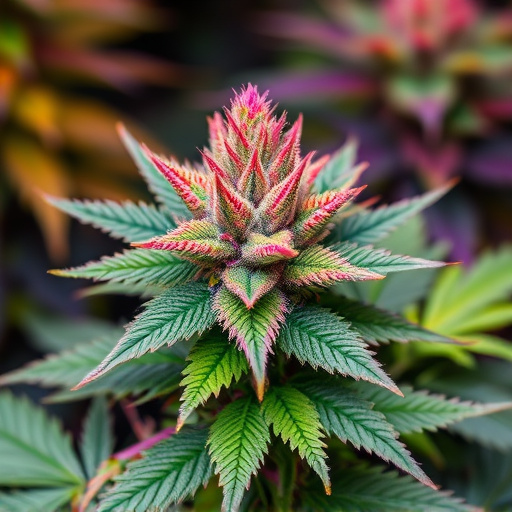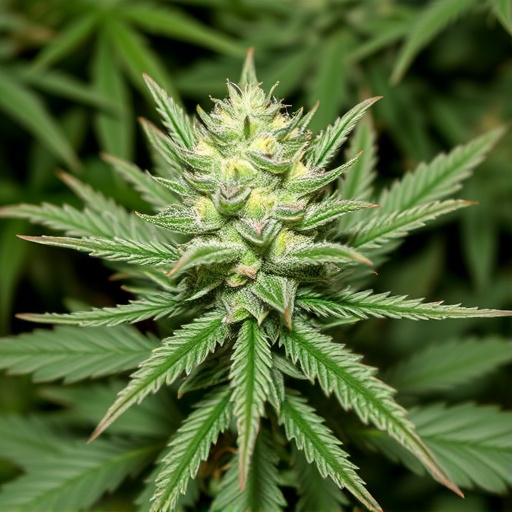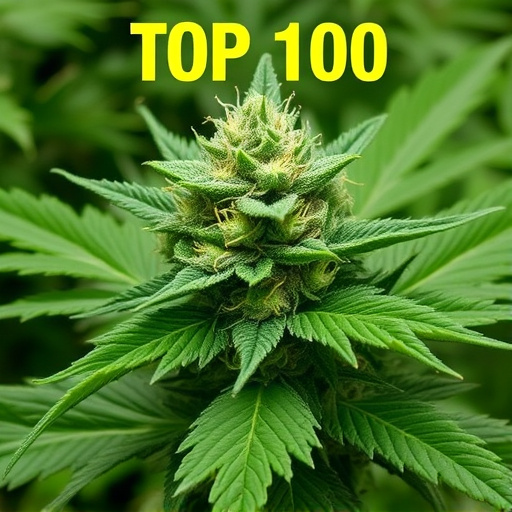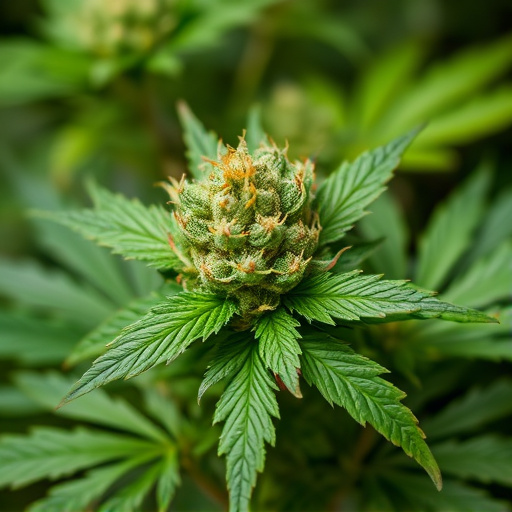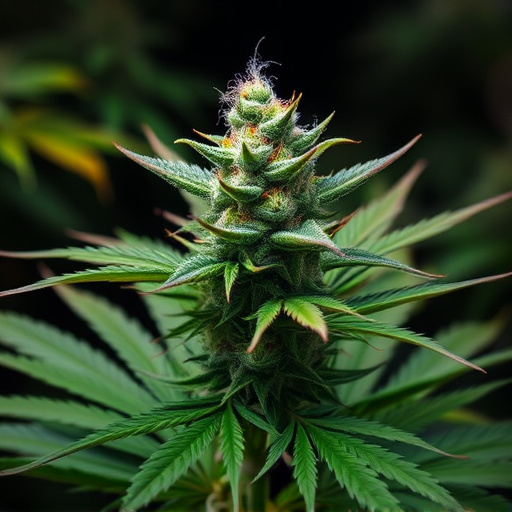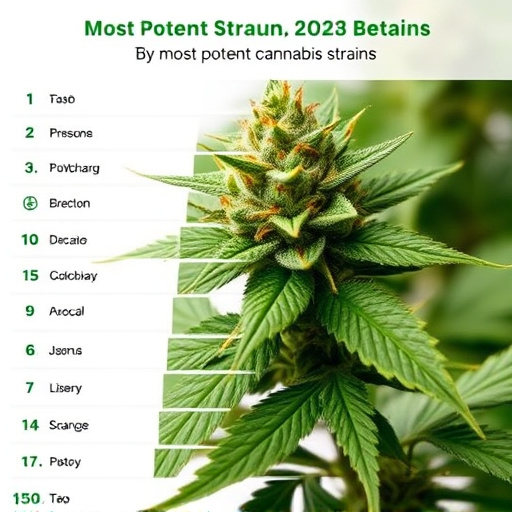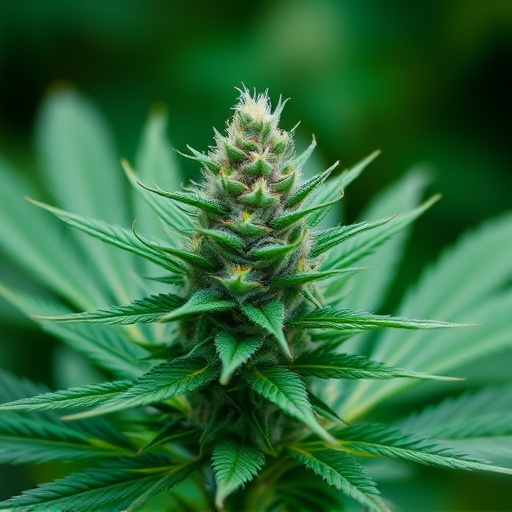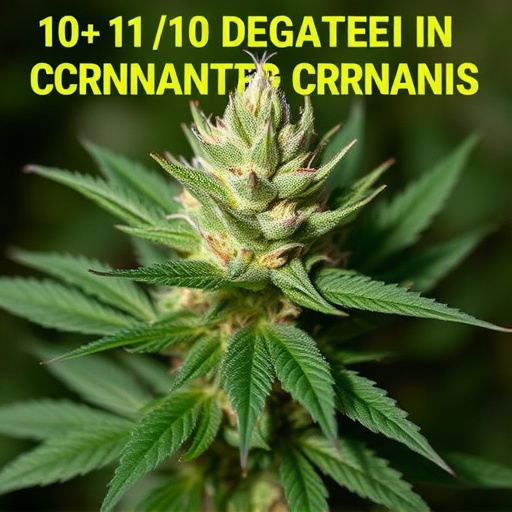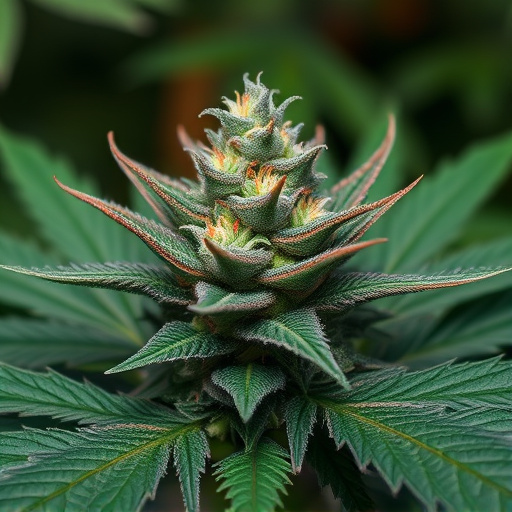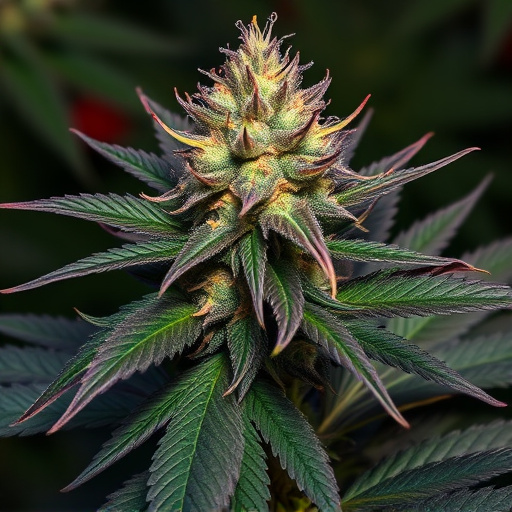Geographical factors like climate, elevation, and water proximity significantly influence the quality and potency of cannabis plants, with mild climates promoting rapid growth and humid environments enhancing resin production. Optimal cultivation involves well-draining soil rich in organic matter and precise nutrient management to balance macronutrients and micronutrients. Advanced hydroponics or meticulous soil cultivation can increase terpene concentrations, affecting aroma and potency. Growers meticulously control light, temperature, humidity, and feeding schedules to produce unique chemical compositions, resulting in renowned most potent cannabis strains.
Explore the intricate relationship between cannabis cultivation environment and the quality of its final product. This article delves into the multifaceted factors that shape the landscape of cannabis production, from the climate’s influence on plant growth to the critical role of soil health and growing techniques. Discover how these elements contribute to the potency and terpene profiles of sought-after, high-quality cannabis strains.
- The Role of Climate and Geography in Cannabis Cultivation
- Soil Composition and Nutrient Management
- Impact of Growing Techniques on Strain Potency and Terpene Profiles
The Role of Climate and Geography in Cannabis Cultivation
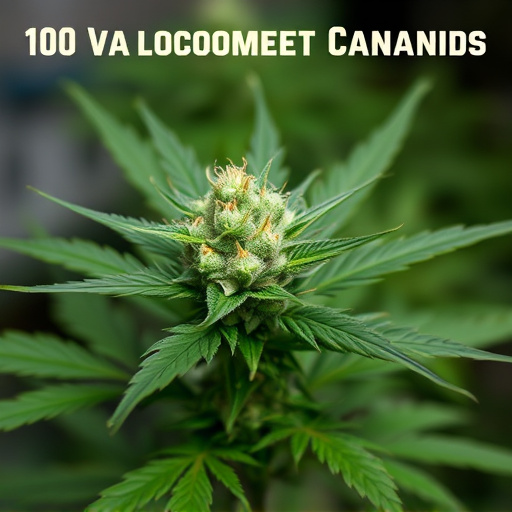
The climate and geography play a pivotal role in shaping the quality and characteristics of cannabis plants, ultimately influencing the production of the most potent cannabis strains. Cannabis is a versatile crop that thrives in diverse environments, but specific conditions can enhance its growth and yield. For instance, regions with mild and humid climates often support robust cannabis cultivation, as these conditions favor rapid plant development and robust resin production.
Geographical factors, such as elevation and proximity to bodies of water, can also contribute to exceptional cannabis cultivation. Higher altitudes are known for their cooler temperatures, which can slow down the plant’s growth but also concentrate cannabinoids, resulting in more potent strains. Similarly, areas near oceans benefit from gentle, consistent breezes that provide a steady flow of fresh air, reducing stress on the plants and potentially enhancing their overall health and potency.
Soil Composition and Nutrient Management

The composition of soil and effective nutrient management play a pivotal role in cultivating high-quality cannabis, especially when striving for the most potent cannabis strains. Cannabis plants are highly sensitive to their surroundings, and the right balance of nutrients can significantly impact growth and final product. Soil structure should be well-draining, aerated, and rich in organic matter to support robust root development.
Nutrient management involves carefully monitoring and adjusting macronutrients (nitrogen, phosphorus, potassium) and micronutrients (calcium, magnesium, sulfur, iron, etc.) throughout the growing cycle. Proper timing and application of fertilizers or amendments ensure plants receive optimal nutrition without causing burn or overload, which can negatively affect cannabis quality. Balancing N:P:K ratios and supplementing with trace elements are key strategies to nurture healthy plants and produce some of the most potent cannabis strains.
Impact of Growing Techniques on Strain Potency and Terpene Profiles
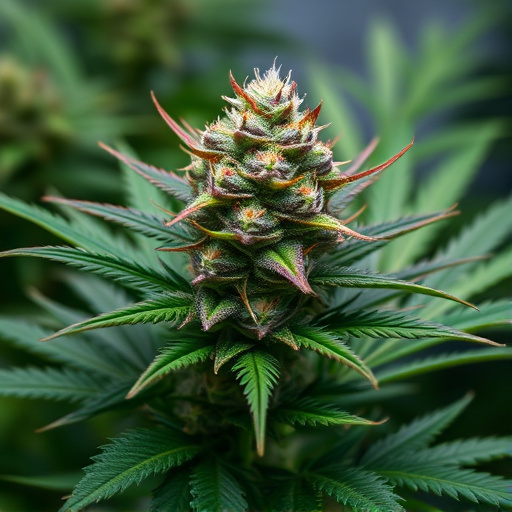
The techniques used in cannabis cultivation play a pivotal role in shaping the final product’s potency and aroma. Different growing methods can significantly alter the terpene profiles, which are responsible for the distinct flavors and potential therapeutic effects associated with various strains. For instance, advanced hydroponic systems or precise soil-based cultivation can result in higher concentrations of desired terpenes, making certain cannabis strains more potent.
Each strain possesses a unique chemical composition, and environmental factors like light intensity, temperature, humidity, and feeding schedules influence the expression of these compounds. Growers who meticulously control these variables can produce remarkable variations in the same strain, showcasing why some consider specific cultivators’ offerings to be the most potent cannabis strains on the market. This art of cultivation ensures that the plants reach optimal maturity, maximizing their therapeutic potential and delivering exceptional experiences for consumers seeking the highest quality.
In conclusion, the quality of cannabis is deeply intertwined with its growing environment. From climate and geography to soil composition and cultivation techniques, each factor plays a crucial role in shaping the potency and terpene profiles of different strains. Understanding these influences allows growers to optimize conditions for producing not only high-quality but also the most potent cannabis strains sought after by consumers. By leveraging the right environmental factors, cultivators can create a symphony of flavors, aromas, and effects that cater to diverse consumer preferences.
